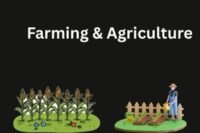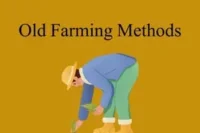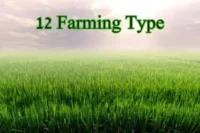Netherlands: Smart Greenhouses Feeding a Growing World
Published: 14 Apr 2025
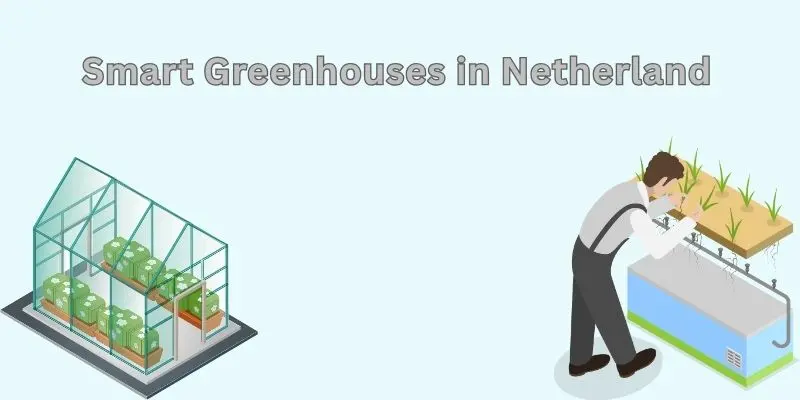
In a world where the population is steadily increasing, the need for innovative, sustainable farming solutions is critical. The Netherlands is leading the charge with its advanced smart greenhouses, which are transforming agriculture as we know it. These high-tech greenhouses use automation, climate control, and data analytics to optimize growing conditions, ensuring maximum crop yield with minimal resource usage. By revolutionizing how food is produced, the Netherlands is not only securing its own food supply but also playing a pivotal role in feeding the world’s growing population.
So, guys, without wasting time, let’s jump into the article to learn Netherlands: Smart Greenhouses Feeding a Growing World
Precision-Controlled Greenhouses
Through a government innovation subsidy and guidance from Wageningen University, Annelies invested in:
- An AI-powered climate control system to automatically adjust temperature, humidity, and CO₂ levels inside the greenhouse.
- Vertical hydroponic farming setups, allowing crops to grow in stacked layers using nutrient-rich water instead of soil.
- Energy-efficient LED lighting to extend growing seasons while minimizing electricity use.
- Data dashboards to track plant health, nutrient flow, and projected harvest times.
These tools were integrated into one smart system that monitored every aspect of production and alerted her to risks before they could affect crops.
- Crop production increased threefold per square meter, maximizing output from limited space.
- Water usage dropped by 90% thanks to closed-loop hydroponic systems.
- Carbon emissions were significantly reduced as the system used solar energy and efficient LED lighting.
- Annelies was able to export her produce to high-end restaurants in Germany and Belgium, doubling her income.
Annelies is now a featured voice in Dutch agricultural innovation networks and mentors young farmers on sustainable, data-driven practices.
2. Mobile Technology Empowering Women Farmers
The Challenge:
In a small village in Maharashtra, India, Sushila Patil cultivated a one-acre plot of sorghum. As a widowed mother of two, she faced years of hardship — unpredictable rainfall, low yields, and exploitative middlemen who offered unfair crop prices. Without access to updated information or technology, every season was a gamble.
Most importantly, Sushila — like many women farmers in India — lacked access to agricultural education, market data, or financial services due to systemic gender inequality.
Mobile-Enabled Agriculture
Everything began to change when she joined a digital farming pilot project by a local NGO and agricultural extension office.
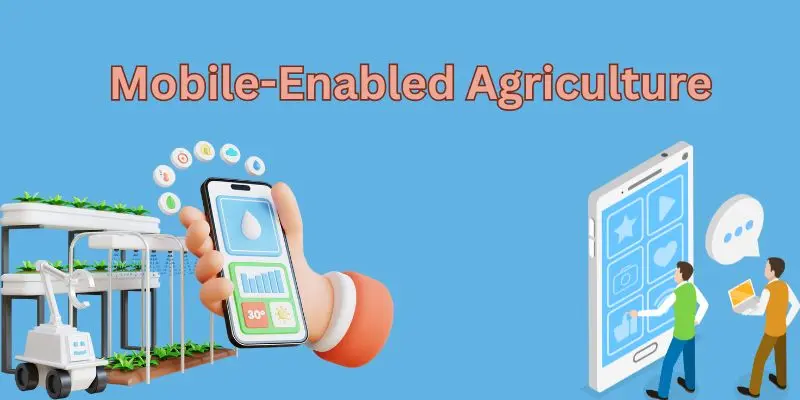
With the help of a low-cost smartphone and mobile data plan, Sushila was introduced to:
- A voice-assisted mobile app in her local language (Marathi) that provided weekly weather forecasts and crop planning tips.
- Market price alerts to help her negotiate better deals for her harvest.
- SMS-based soil health updates after submitting a sample through the government’s soil card scheme.
- Instructional videos on best practices in organic composting, pest control, and water conservation.
She also joined a women-led digital farming collective that shared knowledge, helped each other solve issues, and provided emotional support.
The Impact
- Sushila shifted to millet and chickpea, drought-resistant crops better suited to local conditions.
- Her yields doubled in one season, and her income rose by 60 percent.
- She paid off loans, invested in a solar pump for irrigation, and enrolled her daughter in school.
- Over 30 women in her village were inspired to follow her lead, forming a self-sustaining group of empowered, tech-savvy farmers.
Today, Sushila is seen not just as a farmer, but as a leader, teacher, and agent of change.
3. Solar Irrigation for Food Security
As climate change puts pressure on traditional water sources, solar-powered irrigation systems are offering a sustainable solution. By harnessing the sun’s energy, these systems ensure reliable water access for farmers, helping to secure food production even in drought-prone regions.
The Challenge:
Peter Banda, a smallholder farmer in Chikwawa District, Malawi, lived in one of the most drought-prone areas of the country. His maize yields barely lasted through the dry season, and each failed harvest pushed his family closer to hunger and poverty. With no access to irrigation, weather forecasting, or credit, Peter and thousands like him depended entirely on rainfall — and hope.
Years of failed crops had eroded his confidence and his land’s fertility. Malnutrition in his village was rising, and migration to urban areas was becoming the only option for young people.
Solar-Powered Irrigation and Training
In 2021, Peter’s village was selected for a pilot project by the Ministry of Agriculture in partnership with an international NGO. The goal was to provide smallholder farmers with access to clean, renewable energy for irrigation.
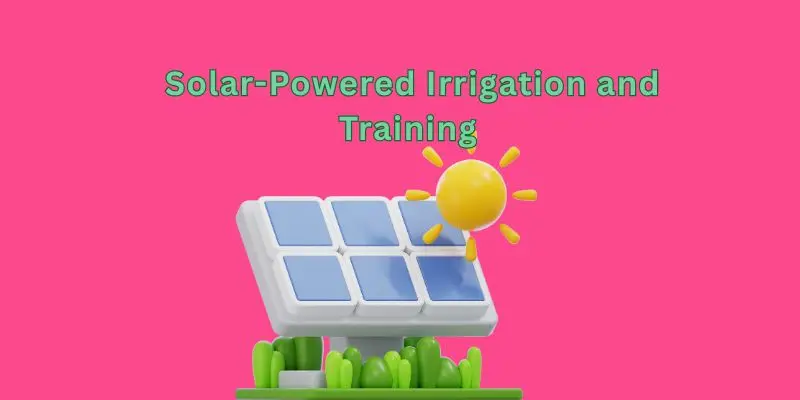
Peter received:
- A solar-powered water pump capable of irrigating one acre of land.
- A drip irrigation system that minimized water loss.
- A basic weather monitoring tool with SMS alerts on temperature and rainfall.
- Training on water conservation, crop diversification, and low-input organic farming.
For the first time, Peter could plant maize in the dry season — and harvest it.
The Impact
- His maize yield tripled in one year, creating surplus crops he could sell.
- He used the profit to buy chickens and goats, diversifying his income sources.
- His family no longer needed food assistance, and his children returned to school.
- Over 200 farmers in his region have since adopted similar systems, improving the district’s food security and community resilience.
Peter now leads training for new participants in the program, calling his new plot “Hope Garden.”
Global Stories of Transformation Through Agricultural Technology
These three stories — from the data-driven greenhouses of the Netherlands, to the mobile-powered fields of India, to the solar-irrigated plots of Malawi — reveal one truth: agricultural technology, when tailored to local needs and paired with education, has the power to change lives.
Each example shows a unique pathway to resilience, growth, and empowerment — reminding us that innovation doesn’t always mean complexity. Sometimes, all it takes is a solar pump, a mobile phone, or a smart dashboard to plant the seeds of hope.

- Be Respectful
- Stay Relevant
- Stay Positive
- True Feedback
- Encourage Discussion
- Avoid Spamming
- No Fake News
- Don't Copy-Paste
- No Personal Attacks

- Be Respectful
- Stay Relevant
- Stay Positive
- True Feedback
- Encourage Discussion
- Avoid Spamming
- No Fake News
- Don't Copy-Paste
- No Personal Attacks


